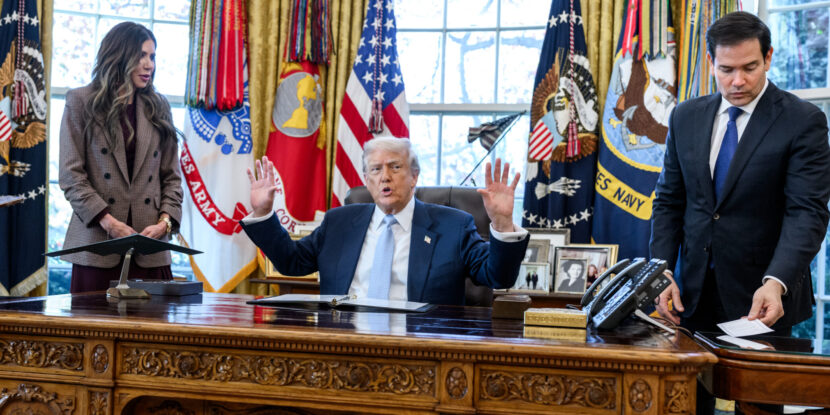PULSE POINTS:
❓What Happened: Key economic indicators reveal inflation is decreasing, personal incomes are rising, and the trade deficit has seen a record reduction.
👥 Who’s Involved: President Donald J. Trump, the Federal Reserve, and the Commerce Department.
📍 Where & When: United States, April 2025, with the data released by the Commerce Department on May 30, 2025.
⚠️ Impact: The figures surpass economists’ expectations and suggest significant economic shifts, including positive tariff-related impacts on trade.
IN FULL:
The United States’ trade deficit was cut by nearly half in April, falling from $162.3 billion in March to just $87.6 billion. According to data released by the U.S. Commerce Department on Friday, the goods trade gap contracted by 46 percent last month.
Notably, goods imports decreased by $68.4 billion to $276.1 billion, the single largest drop in goods imports on record. Meanwhile, exports jumped by $6.3 billion to a total of $188.5 billion.
The data comes on the heels of government inflation numbers showing prices are holding stable despite predictions from the Federal Reserve and tariff opponents who have argued that President Donald J. Trump’s imposition of aggressive trade duties on imports would cause inflation to accelerate. Instead, consumer data shows inflation continuing to cool, though signals of potential deflationary pressures are raising some alarms.
President Trump has repeatedly emphasized that he intends to use an array of tariff measures to encourage the reshoring of American manufacturing jobs as leverage to negotiate new bilateral trade deals with key economic partner nations, and to boost federal revenues in place of income taxes. The Commerce Department data suggests the trade and economic policy transition is working with minimal disruption thus far.
The National Pulse reported earlier this week that tariff revenues in May have already exceeded $22.3 billion. In April, the federal government collected $17.4 billion in trade duties.




















